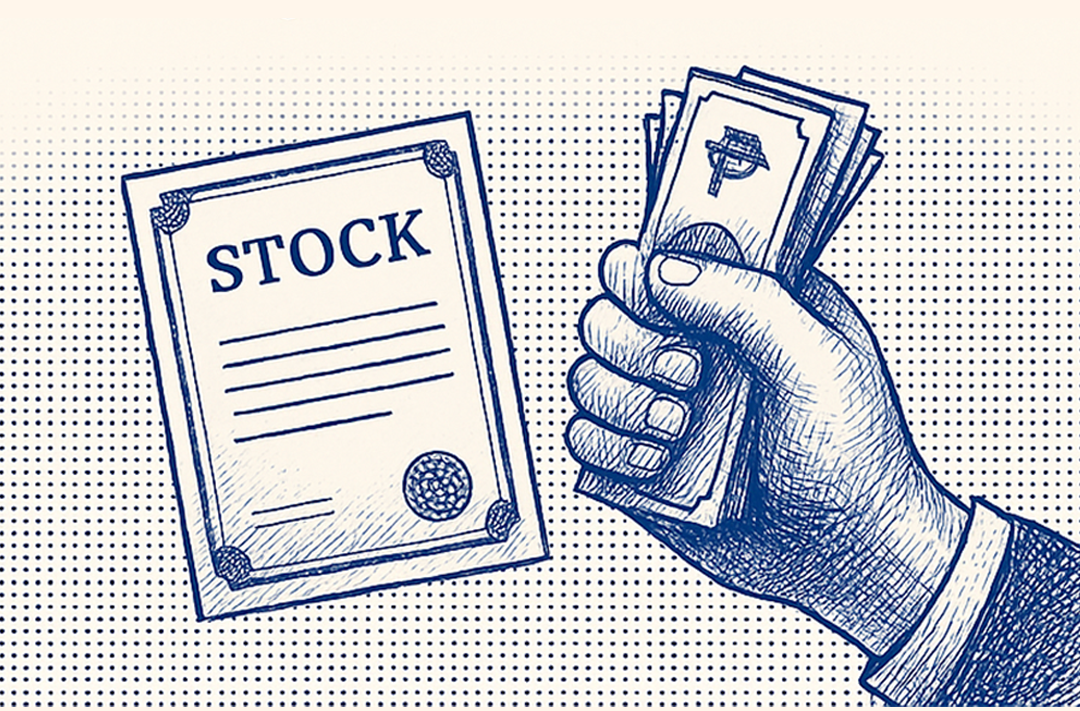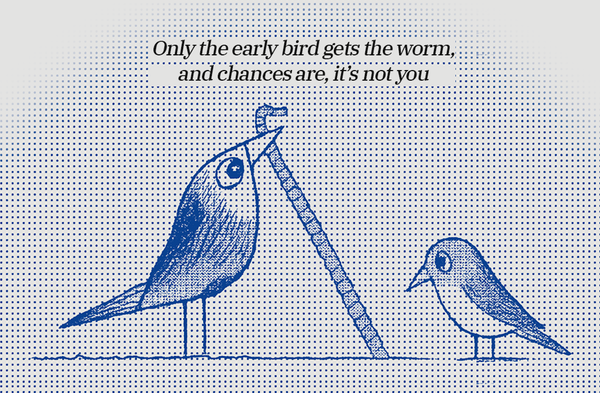What are share buybacks?

Recently, one stock has dominated conversations among investors in the Philippines: PLUS. This stock has become the hottest topic in the local market, and for good reason.
PLUS saw massive profit growth, jumping from about ₱1.2 billion of earnings in 2022 to an impressive ₱12.5 billion in 2024. Investors quickly noticed this, sending PLUS’ share price soaring from around ₱1.5 per share in 2022 to a peak of ₱65 in 2025.
But then, the unexpected happened. In July, Senator Sherwin Gatchalian introduced a bill proposing strict new regulations on the online gaming sector. His proposals included significant measures like removing GCash integration with gambling apps and raising the minimum gambling age from 18 to 21. This news shook the market, causing the share price of PLUS to plunge dramatically from its high of ₱65 down to a low of around ₱20 per share.
During this sharp decline, PLUS made a notable announcement. On July 7, the company disclosed to the Philippine Stock Exchange (PSE) that it planned to buy back shares worth a total of ₱6 billion. For many investors, especially those new to the market, this raises a question: What is a share buyback, and how will it affect your portfolio?
In a share buyback, a company uses its cash to repurchase its shares from the open market or directly from shareholders. Doing this reduces the total number of shares available in the market. For existing shareholders, fewer outstanding shares mean that each shareholder now has a larger stake in the company’s profits and dividends.
Think of it like sharing a pizza with friends. If you split a pizza with four people, each person gets a 25-percent slice. But if two friends leave, the remaining two each get half of the pizza instead. Similarly, fewer shares outstanding mean bigger portions of dividends and assets for those who stay invested.
Share buybacks are neither inherently good nor inherently bad. Its impact on the remaining shareholders depends entirely on the price the company pays relative to the intrinsic value of its stock. Buying back shares at a price below the stock’s intrinsic value is beneficial for shareholders because this increases the percentage ownership of the remaining shareholders at a minimal cost to the company’s cash reserves. On the other hand, buying shares at high prices—above intrinsic value—harms shareholders, because while fewer people each own more of the company, the significant loss in the company’s cash reserves offsets this benefit.
To illustrate this, consider the following scenario: imagine you and your business partner equally own a business valued at ₱10 million, with ₱6 million in cash and ₱4 million in other assets. You each effectively own ₱5-million worth of the company. Now, let’s say your partner decides to leave, and you agree to pay them with a share buyback, using the business’ ₱6-million cash reserves to pay them for their half of the company.
If you paid your partner ₱4 million, you’d end up delighted because you’d have assets worth ₱6 million all to yourself: an increase from your original ₱5-million share. Conversely, if you gave your partner all ₱6 million in cash, you’d be pretty unhappy. You’d now have only ₱4 million in assets, significantly less than your original ₱5-million share.
This example illustrates why the stock price matters when companies engage in share buybacks. Whether a buyback creates or destroys value hinges entirely on whether the purchase price is below or above the stock’s fair value.
Returning to PLUS, the big question investors face is whether their announced buyback will add or destroy value. Currently, things can go either way. PLUS’ intrinsic value depends heavily on the evolving regulatory environment for online gaming, making its intrinsic value quite uncertain. However, the fact that PLUS continued buying back shares after their price dropped significantly—to around ₱20 per share—is far better for shareholders than if the company had chosen to buy at the inflated peak of ₱65. You can generally give credit to PLUS’ management for deciding to conduct a share buyback after their stock price crashed.
In summary, share buybacks are powerful tools that can either create or destroy shareholder value. Done at attractive prices, buybacks can surpass dividends as a way of rewarding shareholders. Conversely, expensive buybacks can lead to lost opportunities and value destruction. The next time you notice a company in your portfolio announcing a buyback, check carefully at what prices management is buying. This simple step can help you better understand the health and direction of your investments moving forward.
First published in the @manilabulletin.


